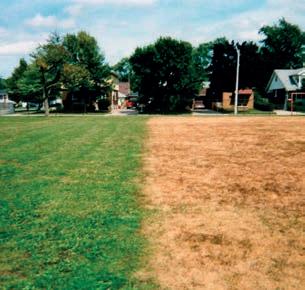May 2021
VOL. 43, NO. 3
landscapetrades.com
The history of pavers in Canada Permeable paving tech rises to meet the stormwater challenge Seamus O’Regan on the two billion tree pledge
I s s u e NUEVA SLAB AND NUEVA 75 WALL BY OAKS LANDSCAPE PRODUCTS PM40013519









